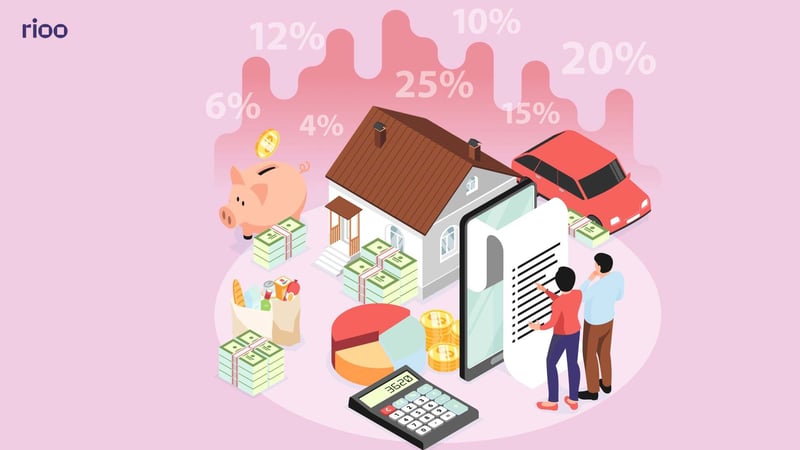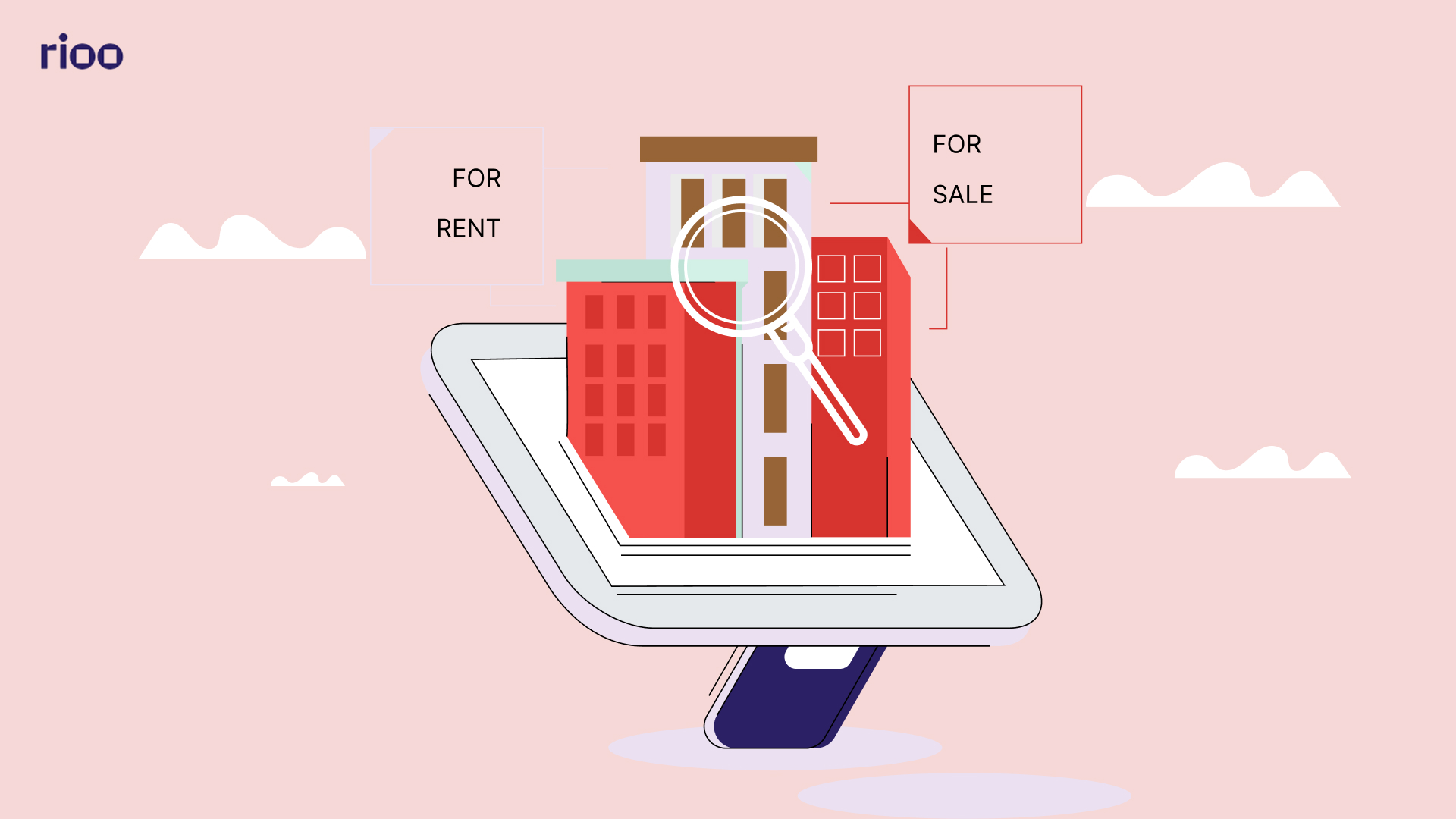Ever wondered how some property managers consistently increase their rental income while others struggle to keep occupancy high? The secret lies in one crucial strategy: optimizing rental pricing.
In 2025, the global real estate rental market is valued at over $2.9 trillion and is expected to grow at an 8.2% CAGR, supported largely by savvy pricing strategies that adapt to market demand and regional trends.
Understanding how to optimize rental pricing isn’t just about setting rates higher; it’s about smart, dynamic adjustments that reflect real-time data and tenant behavior.
This blog dives into actionable techniques, the benefits of automation tools, and market insights to help your property stand out, attract tenants, and increase revenue sustainably. Let’s explore how smart pricing turns features into profit.
Key Takeaways
- Regularly updating rental prices through data-driven and AI-powered dynamic models helps maximize income while reducing vacancy.
- Integrating rental pricing with comprehensive property management automation enhances operational efficiency and tenant satisfaction.
- Targeted property upgrades with measurable ROI improve rent potential without significant ongoing costs.
- Real-time market data and regional customization ensure legally compliant, competitive pricing tailored to local conditions.
Understanding Rental Pricing Optimization
Rental pricing optimization is a systematic approach to setting and adjusting rental prices based on multiple market and property-specific factors to increase revenue and occupancy simultaneously. Unlike traditional fixed pricing, optimization uses ongoing data inputs and strategic adjustments to meet both business and tenant needs in a dynamic market.
Why does optimization matter?
- Increased Revenue: Research shows properties using pricing optimization can boost rental income compared to static pricing models.
- Reduced Vacancy: Optimized pricing leads to faster lease-up and shorter vacancy periods by better matching tenant willingness to pay.
- Improved Tenant Engagement: Fair, market-aligned pricing builds trust and long-term tenant retention, reducing costly turnover.
Successfully optimizing your rental pricing is built on understanding all the variables at play. Let’s break down the key factors that have a direct and measurable influence on your pricing strategy.
Factors Affecting Rental Property Optimization
The right rental price is never chosen in isolation; it’s the result of analyzing property-specific data, market forces, and tenant behavior.
Here’s what matters most:
1. Market Dynamics & Demand Signals
- Local Vacancy Rates: Low vacancy means higher demand and opportunity to increase rent; high vacancy requires competitive adjustments.
- Seasonal Trends: Spring and summer tend to drive up rental demand and rates. Winter months or off-seasons may call for discounts or incentives to avoid vacancies.
- Economic Environment: Macro factors like local job growth, inflation, or migration patterns directly affect tenants’ ability and willingness to pay.
2. Comparable Property Analysis (Comps)
- Review similar properties’ rental rates, amenities, and conditions to set a competitive, market-aligned price.
- Adjust for unique features like renovations, smart tech, or premium parking to justify differences.
3. Property-Specific Variables
|
Factor |
Impact on Rental Pricing |
|
Location |
Desirable areas fetch higher rents; proximity to key amenities adds a premium |
|
Size & Layout |
More bedrooms, flexible layout increase appeal and value |
|
Age & Condition |
Recently upgraded or well-maintained properties justify higher rents, while outdated or poorly maintained units pull prices down |
|
Amenities & Upgrades |
Features like washers, dryers, air conditioning, and smart home tech positively impact pricing |
|
Furnishing & Parking |
Fully furnished units and secure parking command higher rent but may increase turnover and costs |
4. Tenant Preferences & Lease Structure
- Understanding what tenants value (flexible lease terms, included utilities, pet-friendly policies) helps align pricing with demand.
- Vary lease lengths for different tenant segments; use short-term premiums or long-term discounts strategically.
5. Dynamic Pricing & Technology Adoption
- AI-driven pricing tools analyze historic trends, real-time market data, and external factors (weather, local events) to recommend optimal rates for each unit.
- Automated systems help maintain high occupancy and maximize revenue by responding instantly to shifts in demand.
Also Read: Rental Property Accounting Guide for Landlords
Once you’ve mapped out the factors that shape your property’s rental value, it’s time to move from theory to action. Let’s zero in on the proven strategies that facilitate real-world pricing optimization.
Strategic Steps to Optimize Rental Pricing
Optimizing rental pricing isn’t a one-off; it’s a continuous, data-driven process. Here’s how top-performing property managers systematically set rates to increase revenue and minimize vacancies:
1. Conduct Detailed Market and Competitor Analysis
- Gather rental data on at least 10 similar properties in the vicinity, considering type, amenities, and upkeep.
- Compare unique features and document your value differentiators (renovations, energy efficiency, smart tech).
- Use online rental calculators for a reasonable starting price, but customize based on property specifics.
2. Develop a Flexible Pricing Model
- Build a framework that accounts for seasonal trends, local events, and demand spikes.
- Use dynamic pricing software or spreadsheets to adjust rates monthly or even weekly.
- Example: Small rent adjustments, like increasing by $25–$50 in high-demand periods, can spike annual revenue while curbing vacancy loss.
3. Implement Strategic Rent Adjustments
- Monitor real-time demand signals. If units rent too quickly, test higher pricing for the next vacancy; if they sit vacant, reduce incrementally rather than applying large drops.
- Consider concessions (first-month discount) as needed instead of permanent reductions; this maintains perceived property value.
4. Maximize Value Through Targeted Upgrades
Making upgrades is necessary for strategic returns. Investing in high-impact upgrades delivers strong returns and helps your property stand out.
The table shows how targeted property upgrades can rapidly boost monthly rent while keeping investment costs manageable.
|
Upgrade |
Added Monthly Rent Potential |
Avg Investment |
ROI Calculation |
|
In-unit Laundry |
$50–$100 |
$1,500 |
40% annual ROI |
|
Smart Home Features |
$30–$80 |
$350–$750 |
Up to 30% ROI with enhanced security |
|
Reserved Parking/Storage |
$30–$100 |
Varies |
High desirability, quick payback |
|
Pet-Friendly Policies |
$25–$50 |
Minimal |
Revenue boost per leased unit |
5. Optimize Lease Structures
- Offer lease term variations, charge a premium for shorter leases, and discount for long-term commitments to lock in steady revenue.
- Periodically review all rates; successful managers adjust pricing every 6-12 months after market analysis.
6. Understanding the 2% Rule for Rental Pricing
- The 2% rule is a simple guideline suggesting that your monthly rent should be at least 2% of the total property acquisition cost to achieve positive cash flow.
- For best results, combine the 2% rule with comprehensive market research and dynamic pricing tools to set competitive, data-driven rents that reflect current conditions.
7. Utilize Data & Tech for Dynamic Pricing
- Adopt AI-powered pricing tools to automate real-time adjustments.
- Input real-time occupancy, inquiry data, and even external market shifts for the most timely pricing recommendations.
You can improve rental revenue with RIOO’s intelligent pricing strategies that combine real-time market data, tenant behavior insights, and compliance tracking. RIOO automates dynamic price adjustments across your portfolio, ensuring competitive yet profitable rents while streamlining lease and discount management, all from a single intuitive platform.
Discover how RIOO’s smart pricing elevates your property management.
Also Read: Top Online Rent Collection Tools for Landlords
With the right data and tools in place, the next critical step is choosing smart pricing techniques that consistently deliver measurable results. Let's explore proven methods that improve rental income while maintaining tenant satisfaction.
Pricing Techniques That Drive Results
Effective pricing involves strategic models tailored to market dynamics and tenant expectations. Here are key techniques driving success in rental pricing:
Competitive Pricing
- Set rents aligned with or slightly below comparable local properties to attract tenants quickly and reduce vacancy.
- Regularly benchmark competitor prices using market data platforms.
Cost-Plus Pricing
- Calculate costs (mortgage, maintenance, taxes) and add a profit margin to ensure minimum profitability.
- Adjust margins flexibly based on property desirability and market demand.
Dynamic Pricing
- Use AI-powered pricing tools for real-time rent adjustments based on occupancy rates, tenant inquiries, and local events.
- Enables capturing peak demand pricing while avoiding empty units during slow periods.
Psychological Pricing
- Price rents just below round numbers (e.g., $1,295 instead of $1,300) to create a perception of better value.
- Package rent with amenities or services to enhance perceived value and justify premiums.
Lease-Term Pricing
- Offer discounts for longer leases to secure steady income and reduce turnover costs.
- Charge premiums for short-term or flexible leases that offer convenience at a cost.
Value-Based Pricing
- Price according to unique property attributes such as renovations, views, or green certifications.
- Communicate these value points clearly to tenants to support premium pricing.
Also Read: The Truth About Renewal Rates in Property Management
Having explored proven pricing techniques, it’s crucial to choose a platform that not only supports these strategies but also amplifies their effectiveness through smart technology. This is where RIOO stands out as the top choice.
Why RIOO is the Better Option for Rental Pricing Optimization
RIOO provides a smart rental pricing platform that continuously analyzes real-time market conditions, tenant demand, and local trends to recommend optimal rent prices. It automates dynamic pricing across your property portfolio, adjusting rates instantly to maximize revenue and maintain competitive occupancy.
Beyond pricing, RIOO combines leasing management, tenant communication, payment processing, and maintenance tracking into a single user-friendly interface. This integration means pricing strategies are directly linked with operational workflows, reducing manual errors and administration time.
The transformation benefits of using RIOO for your rental business are:
- Maximize rental income by staying dynamically aligned with market opportunities
- Reduce vacancy periods with competitive, data-backed pricing
- Enhance operational efficiency and tenant satisfaction through automation
- Ensure compliance with regional regulations, avoiding costly penalties
RIOO simplifies complex rental pricing decisions and property management tasks, empowering landlords and managers to focus on growth and tenant experience. Discover how RIOO can transform your rental pricing strategy and operational workflow.
To Conclude
Optimizing rental pricing is no longer a guessing game but a precise, data-driven strategy essential for maximizing property revenue and maintaining competitive occupancy.
By understanding market dynamics, analyzing key property factors, and applying strategic pricing techniques, property managers can unlock higher returns and reduce vacancy times effectively.
Integrating these strategies with modern technology transforms rental property management from a manual effort into a seamless, automated process.
For property owners and managers ready to elevate their rental pricing strategy and streamline operations, RIOO offers the ultimate solution. Experience how intelligent automation and actionable insights can unlock your property’s full potential.
Take the next step. Explore RIOO’s pricing and property management solutions today and request a personalized demo!
FAQs
1. How often should rental prices be reviewed and adjusted?
Rental prices should be reviewed at least quarterly, with adjustments made based on market shifts, tenant demand, occupancy rates, and seasonal trends to stay competitive and maximize revenue.
2. Can small rent increases impact tenant retention negatively?
Incremental rent increases tied to added value or market changes typically maintain tenant satisfaction better than large, sudden hikes, especially if communicated transparently and justified properly.
3. How does dynamic pricing differ from traditional rental pricing?
Dynamic pricing adjusts rents in real time using data analytics and market signals, allowing for flexibility and maximized revenue, while traditional pricing relies on static, fixed rates set periodically.
4. What role does tenant feedback play in rental pricing?
Tenant feedback can reveal perceived value and areas for improvement, helping landlords tailor pricing strategies and upgrades to enhance satisfaction and justify rent levels.
5. Are there risks associated with automated pricing tools?
While automated tools improve efficiency and accuracy, risks include over-reliance without human oversight, potential errors in data inputs, and the need to align with local regulations to avoid compliance issues.














